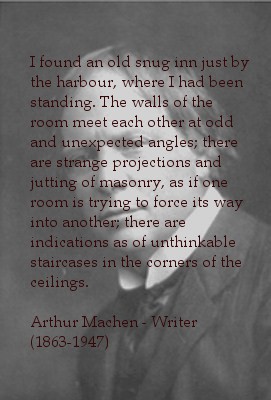
 It seems a member of Scoresby's valliant crew came upon a female bear and her cub and carried out the usual protocol. It was customary to dispatch the mother with a well aimed shot. Often the cub would be more puzzled and frightened than vicious. It was swiftly trussed up and taken back to the ship.
It seems a member of Scoresby's valliant crew came upon a female bear and her cub and carried out the usual protocol. It was customary to dispatch the mother with a well aimed shot. Often the cub would be more puzzled and frightened than vicious. It was swiftly trussed up and taken back to the ship. Usually the cub would be kept in a barrel with bars over the front for the entire voyage. Maybe a fish would be tossed in every now and again, occasionally the hapless animal would be doused with a bucket of sea water.
Usually the cub would be kept in a barrel with bars over the front for the entire voyage. Maybe a fish would be tossed in every now and again, occasionally the hapless animal would be doused with a bucket of sea water.Scoresby however fastened this particular bear to a point on the deck. With a regime of painful taps to the bear's black nose and rewards of whale meat for good behaviour, the good captain was able to lead the cub round the deck on a rope leash. By the end of the season he considered it tame.
 Unfortunately, once the ship was back in Whitby, the unfamiliar noises and smells of the port confused the bear. It reared up on its hind legs, broke free of its tethering and ran off through the town, disappearing into the alleyways and yards.
Unfortunately, once the ship was back in Whitby, the unfamiliar noises and smells of the port confused the bear. It reared up on its hind legs, broke free of its tethering and ran off through the town, disappearing into the alleyways and yards.  Eventually a posse of angry men surrounded the bear in Cockmill Wood. With weapons at the ready, they were quite prepared to kill the beast if need be.
Eventually a posse of angry men surrounded the bear in Cockmill Wood. With weapons at the ready, they were quite prepared to kill the beast if need be....

Much to everyone's surprise, Captain Scoresby added to his reputation by pushing his way through the rabble before anyone was injured. He walked up to the cub which proceeded to lick his hand with its long black tongue, welcoming back its master. He tied a length of rope around its neck and led it peacefully away, much to the relief of the assembled townsfolk.




 There is also a collection of later stones from the Norman church. The old walls on the North and East sides of the church were probably their work. A large stone coffin also stands in the aisle of the church as part of the permanent exhibition.
There is also a collection of later stones from the Norman church. The old walls on the North and East sides of the church were probably their work. A large stone coffin also stands in the aisle of the church as part of the permanent exhibition.


